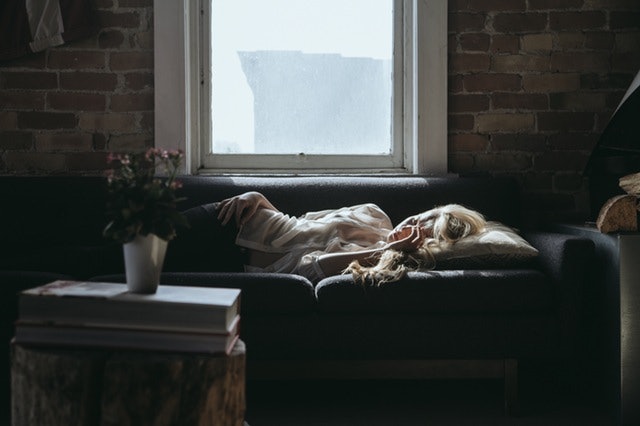Although the stigma about mental illness is slowly being broken down, plenty of people still view their mental health struggles as a source of shame and are hesitant to seek help from medical professionals, family members, and friends. This is unfortunate, because when we discuss our mental health issues, we find out things that make us feel less alone — like that fact that a number of mental disorders are most common among women. In general, the consensus is that mental health issues are more common in women than men — especially certain disorders. Though recent research has shown that substance abuse is more common among men, and illnesses like ADHD and schizophrenia affect both genders equally, overall, women are 40 percent more likely than men to have mental health problems.
There's certainly a margin of error here, because it's been shown that women are more likely than men to seek a diagnosis and treatment if they're suffering from depression or anxiety, which may skew the statistics. But every mental illness is caused by a complex combination of genetic and environmental factors — and women may be at higher risk due to many of these factors. For starters, women have lower serotonin levels than men and our bodies process the chemical differently. And our predisposition to hormone fluctuations also puts us at a greater risk.
Then there are the environmental factors to consider. Although men certainly face many of these struggles, women are more likely to live in poverty than men and we're at a greater risk of experiencing domestic violence andchildhood sexual assault. These stressors and traumas can easily trigger a mental illness in any individual who's genetically vulnerable. With all this in mind, here are five forms of mental illness that tend to disproportionately affect women.
1. Anxiety Disorders
Anxiety disorders are twice as common in women as compared to men, according to multiple studies. Although income level appears to play a role in many mental illnesses, anxiety is not more common in any one income bracket — but it is more common in people under 35 and individuals with chronic physical illnesses. The New York Times cited cultural pressures placed upon women and a greater likelihood of reporting anxiety to doctors as possible factors in this statistic. There is also a biological component that could explain why women are more prone to anxiety — the "fight or flight" part of the brain becomes activated more quickly and remains activated for longer in women.
2. PTSD

Although women are slightly less likely to experience a traumatic event than men, females are twice as likely to develop PTSD. The American Psychiatric Association added PTSD to the The Diagnostic and Statistical Manual of Mental Disorders in 1980, after veterans returning from Vietnam exhibited many of the symptoms. For this reason, there's often the misconception that PTSD only affects veterans. But in reality, PTSD can be triggered by a wide variety of events, including car accidents, sexual abuse, surviving a natural disaster, and domestic violence.
The traumas most commonly experienced by women — such as sexual assault and domestic violence — are often intimate and personal, and the perpetrators are frequently people we know and trust. This is the main reasonwomen are more likely to suffer from PTSD than men. Technically, PTSD is categorized as an anxiety disorder — but, unlike social or generalized anxiety disorders, it's tied to a specific event and the anxiety is triggered by reminders of this event. PTSD makes it incredibly hard to live your life, but treatment is highly effective — approximately 80 percent of people who seek professional help do recover, so it doesn't need to be a chronic condition.


0 comments:
Post a Comment